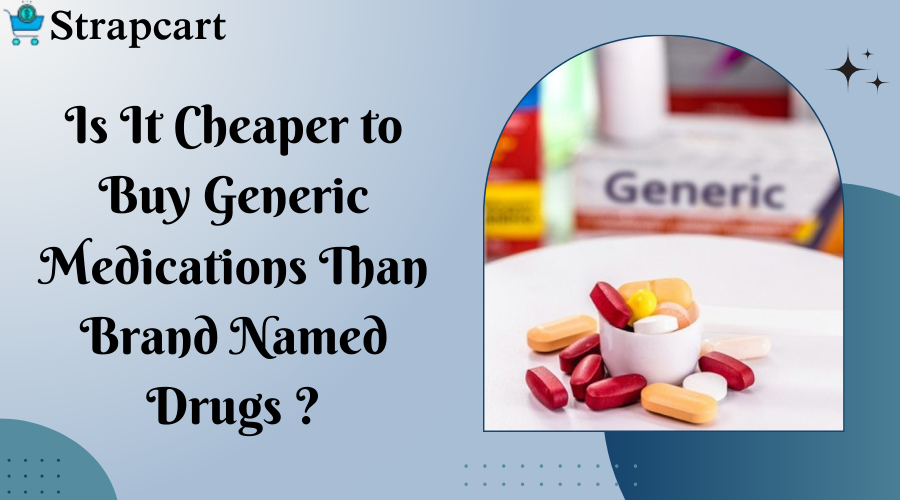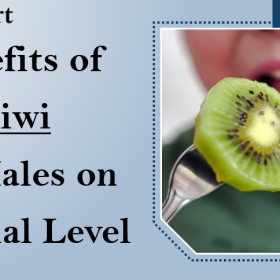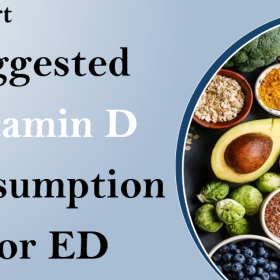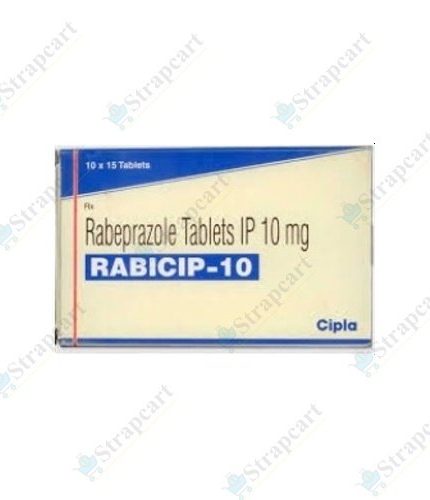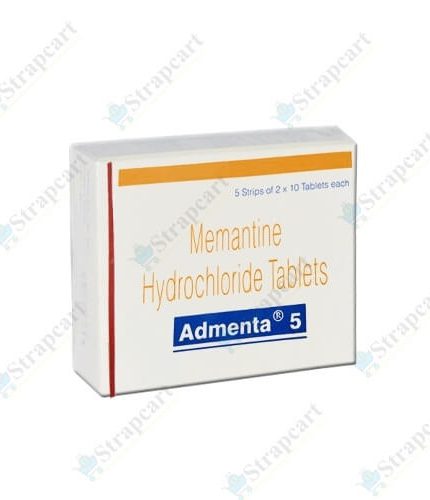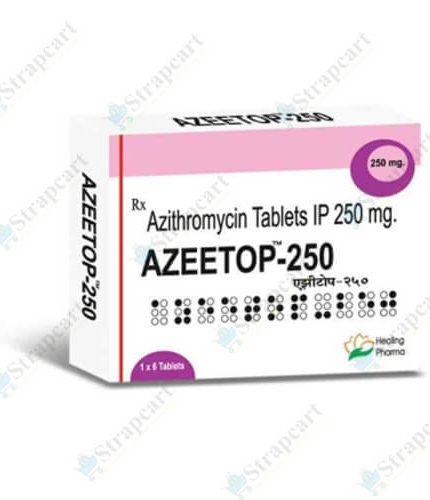All across the world, pharmaceuticals are vital to healthcare systems. Two key aspects of the field are scientific research and the creation of medications to treat a variety of illnesses and conditions. Research and testing are needed to show that Generic medications are safe and effective.
The production of medications requires a large number of raw materials. Newly manufactured name-brand medications are shielded from patents for a finite amount of time. During this period, the medicine may only be produced and marketed by the pharmaceutical business, which will also retain all sales proceeds.
The costs associated with producing generic pharmaceuticals are not the same as those associated with producing name-brand drugs. Well-known pharmaceutical businesses frequently produce their own drugs, which can be an expensive procedure considering that the development of a new medication can run into hundreds of millions of dollars. Here, we’ll discover why Generic Medications are less costly than name-brand ones.
Name-Brand Medications
Name-brand drugs are widely believed to be “original,” and to some extent this is true. They are the first of their kind, and a pharmaceutical company often needs to go through clinical testing, research, and development before they are released to the public.
The company has a policy of keeping the formulation of its medicine secret from the moment it is created. When the registered patent expires, this process comes to an end. After that, manufacturers of generic medications will be permitted to create brand-name medications with an absorption variation of no more than 3.5%.
Because of this, name-brand medications are usually more costly than generic alternatives. Keep in mind that funding medical research is very expensive. Pharmaceutical companies invest a lot of money in the creation of new medications, but they also have to pay a lot of money for clinical trials and getting regulatory permission for medicines. Customers who purchase branded medications are indirectly responsible for at least some of these costs.
Medications in Generic
Many times, when individuals hear the term “generic,” they believe the drug to be fake or less effective than its name-brand counterpart. It’s important to keep in mind that this is false. In terms of characteristics, potencies, dosages, intended purposes, routes of administration, effects, and side effects, Generic Medications are equivalent to name-brand drugs.
Two generic names for painkillers include paracetamol and mefenamic acid. Nowadays, Generic Medication versions of many popular branded drugs are accessible.
One of the reasons there are myths about generic medications is their relative cost. Because the corporations that manufacture Generic Medications are typically not the same ones who developed, tested, and promoted the product, their prices are low. When it comes to ED, you will feel empty in your relationship, but Kamagra 100mg can help.
Cost of Production
One business succeeds in creating a new medication after years of study and testing on humans and animals. The price of non-generic pharmaceuticals is usually greater to cover the costs of labor, clinical studies, marketing, research and development, and other associated expenses.
Patents on Medicines
Usually, a pharmaceutical firm gets a patent that gives them the exclusive right to commercialize their products without any rivals. A pharmaceutical company submits a patent application before the medication has undergone clinical trials to ascertain its safety and effectiveness.
After the patent expires, other companies will be able to produce and sell the drug as a generic version. Because no more testing or research is required when using generic pharmaceuticals, the cost of medications is drastically decreased. A Generic Medication called Fildena 100 has been prescribed to treat ED. Fildena 200 is an even more significant medication that can be used to treat the condition.
Request
It is impossible to compare the ability of prescription medications and other items to save lives. A sick person will most likely pay whatever price to obtain the medication required for recovery or survival. It is also possible that there isn’t a generic version for every non-generic brand.
Promotion and Publicity
The pharmaceutical business spends a significant portion of its budget on marketing and advertising its products—even more, than it does on R&D. This technique drives up the cost of non-generic drugs.
Additional Generic Drugs:
- Fildena
- Kamagra oral Jelly
- Cenforce 100
- Cenforce 200
- Kamagra
What Distinguishes A Generic Drug From A Brand-Name Drug?
What distinguishes name-brand and Generic Medications from one other are the manufacturing processes used to make each. Generic drugs are created utilizing the active ingredient of brand-name drugs, while brand-name drugs employ the name supplied by the manufacturer.
Even though they are sold under different names, generic drugs, and brand-name drugs share the same active ingredients. However, generic drugs function just as effectively as their name-brand counterparts when it comes to their active ingredients.
All pharmaceuticals must abide by the stringent rules and oversight set forth by the Food and Drug Administration (FDA) in the US and comparable authorities in other nations. Fildena 150 may help you achieve an erection if you are having trouble getting one.
What Sets Generic Medications Apart From A Name-Brand Drug?
An inactive component separates a prescription medicine under a brand name from a generic pharmaceutical. Generic and name-brand drugs have different inactive ingredients since the FDA is primarily focused on the active ingredients in pharmaceuticals. It is imperative that you thoroughly read a medication label to determine whether any ingredients are on the list that you should not take.
The cash price and insurance co-pay are usually lower than for name-brand drugs. Less money may be spent by 20 to 80 percent. The justification for this is that manufacturers of generic drugs are exempt from having to invest as much capital as their name-brand rivals.
Generic medications are produced by some manufacturers; the brand your pharmacy carries will determine the kind of medication you get.
Final Words
Because generic medications do not incur the development and marketing costs associated with name-brand medications, their manufacturing costs are lower. A new medicine’s price often includes development, marketing, promotion, patents, research, and other expenses.
Generic medications are not subject to any of these expenses, though. Because of this, the law first permits the name-brand corporation to recover its investment before authorizing generic medication producers to create and sell an identical product.
There is merit to the argument that approving generic medications will reduce expenses and enable a greater number of people to afford medications.

